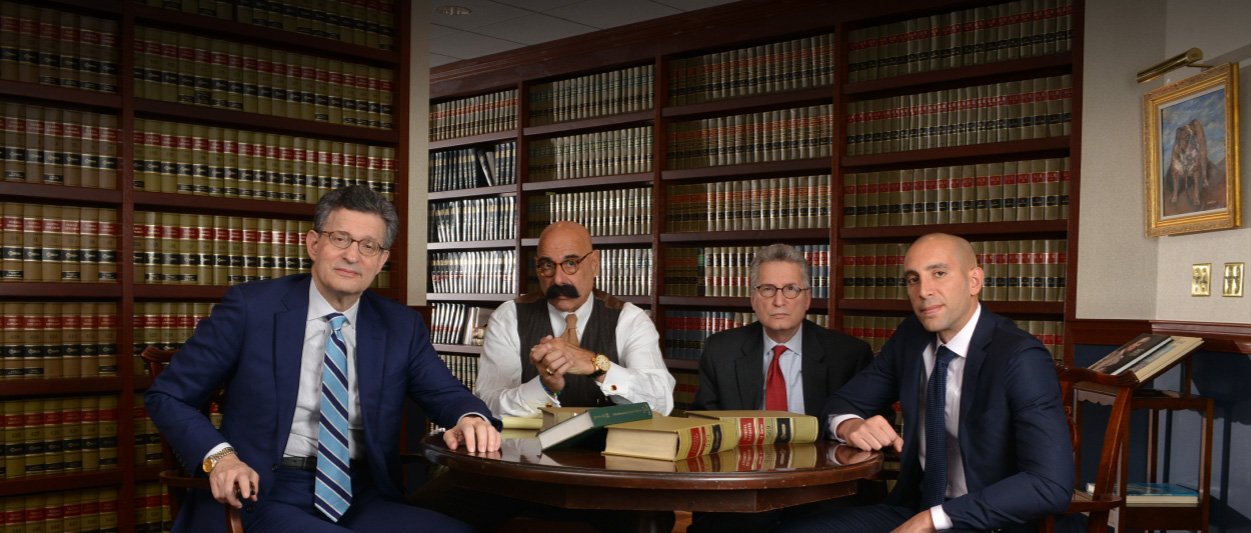Philadelphia Business Lawyers: Statue of Limitations for Bad Faith Claim
Statute of Limitations for Bad Faith Claim Triggers After Failure to Investigate Same Claim After Denial, When Insurer is Provided With New Information
In Rancosky v. Washington National Insurance Company, the Superior Court addressed the issue of whether the statute of limitations for bad faith claims restarts after an insurance company fails to investigate a claim after receiving new information. In Rancosky, the Court ruled that the insured’s bad faith claim fell within the two-year statute of limitations based upon poor investigative practices. .
The trial court effectively ruled that a bad faith plaintiff must establish the insurer had a motive of self-interest or ill will. While the trial court had ruled that self-interest or ill will were considered in weighing the first element, absence of a reasonable basis, the Superior Court found this was merely a back door ruling that self-interest or ill will were required elements to establish the claim. The Superior Court observed that “there is an important distinction between an initial act of alleged bad faith conduct and later independent and separate acts of such conduct.” It ruled that: “When a plaintiff alleges a subsequent and separately actionable instance of bad faith, distinct from and unrelated to the initial denial of coverage, a new limitations period begins to run from the later act of bad faith.” Thus, “[a]n inadequate investigation is a separate and independent injury to the insured.”
For more information, call Philadelphia business lawyers at Sidkoff, Pincus & Green at 215-574-0600 or contact us online.













